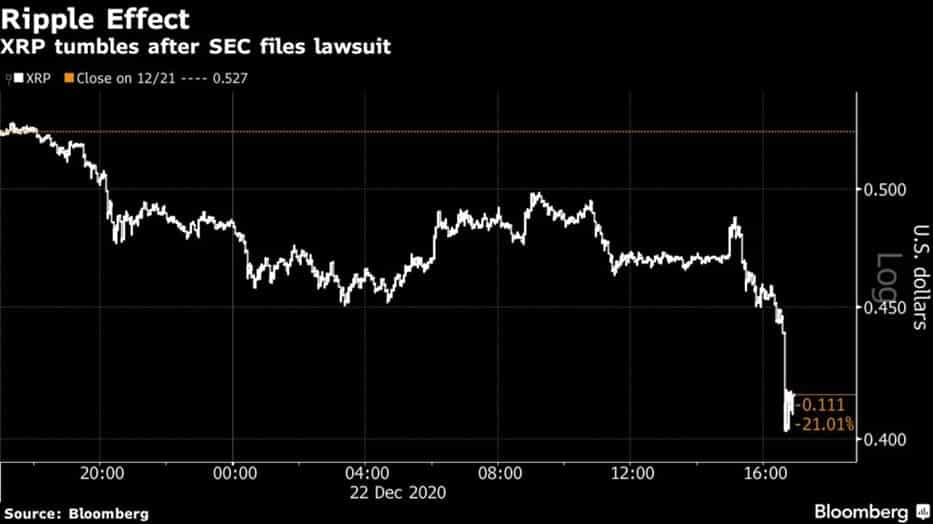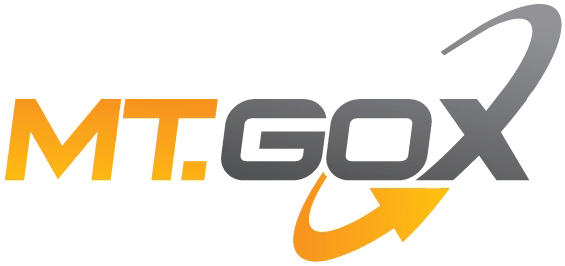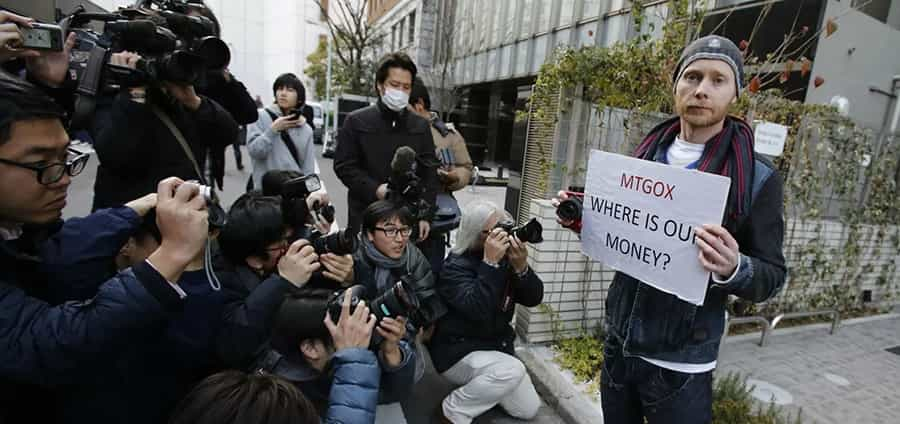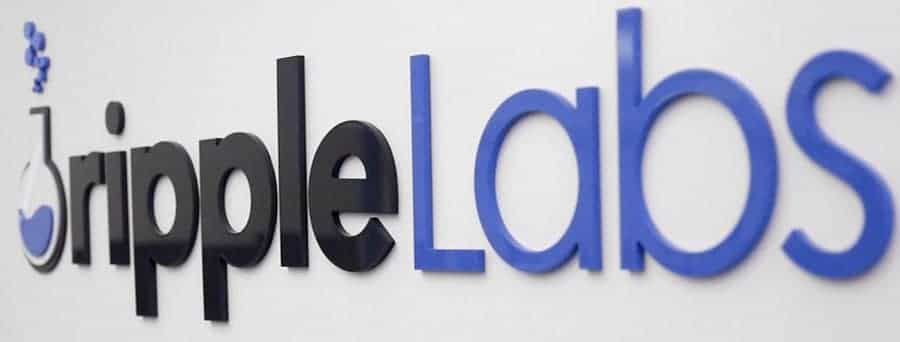Who is Jed McCaleb? The Fresh-Faced Crypto OG
Unwanted festive gifts tend appear on Christmas eve or Christmas day, depending on when you happen to open your presents.
However the team at Ripple, along with XRP holders everywhere, got their version of a hand-knitted pullover a few days early this year, when the Securities and Exchange Commission (SEC) filed its lawsuit against Ripple on the 22nd December. We may be only days away from 2021, but 2020 hasn’t finished throwing up unpleasant surprises just yet.
In actual fact the SEC’s decision to play the Grinch shouldn’t have come as too much of a surprise to those involved. There have been rumblings for a while that the SEC was looking into XRP and mulling over its possible status as a security, as opposed to a cryptocurrency.

Due process also means that the SEC would have initially notified Ripple of its intent to prosecute at least 30 days ago. With the lawsuit now filed against Ripple, as well as against its co-founder Chris Larsen and CEO Brad Garlinghouse, alleging that all three parties sold XRP as an unregistered security, the stage is being set for an almighty tussle in the courts.
This is bad news for the three defendants who, if convicted, face having to pay back the money made from sales of XRP, as well as any fines or other penalties the SEC deems appropriate. It’s also a nasty lump of coal in the stockings of those holding XRP, who have seen its value plummet since the announcement. The gains made in anticipation of the Spark token airdrop have been wiped out, exchanges are dropping XRP like a hot potato and its future looks at best uncertain.
My Two Satoshis
Anyone who’s anyone in crypto will have something to say about the SEC lawsuit and Ripple’s response to it. Vitalik Buterin has already accused Ripple of ‘sinking to new levels of strangeness’ as it publicly answers the charges, while the large and vociferous XRP community has predictably stood firm in its defence. A lot has been said already and a lot more will let loose as the case unfolds.
Yet amidst all the noise, there is one figure we’d especially like to hear from. Someone who has been kicking around the crypto space since its early days and who has suffered their fair share of setbacks and triumphs along the way. Someone whose opinion on Ripple and XRP would count for a great deal, seeing as he helped create them.
Someone who is thought to be sitting on a vast stockpile of XRP which makes a lot of people nervous, even if it’ll now be looking a little smaller. Someone who parted ways with Ripple and then went on to found perhaps its biggest competitor. Someone named Jed McCaleb.
A Crypto Veteran
Although he may look fresh out of high school, Jed McCaleb has been involved with crypto almost since the beginning. He has more noteworthy notches on his resume than most people manage in a lifetime and it’s hard not to feel like he’s just getting started. He’s also one of the most divisive figures out there, attracting admiration and opprobrium in almost equal measure.

He’s also one of crypto’s more enigmatic personalities, preferring to work steadily away rather than wade into whichever controversy happens to be raging at any given time. While some big names seem to tweet every few minutes, McCaleb is much more circumspect and, at the time of writing, hadn’t posted anything since December 11th. He does crop up in podcasts and at events to talk about his work and background in crypto, but lacks the bombast of many of his more forthright peers.
Yet this is a guy with a lot to shout about and one whose opinions matter. It’s therefore ironic that someone seemingly so laid back has attracted so much criticism and controversy over a relatively short period of time. It may however have quite a lot to do with one of his earliest projects.
First Moves
McCaleb was born in Fayetteville, Arkansas in 1975. His calling seems to have found him early, as he admits to having been programming ‘since 3rd or 4th grade.’ Upon graduating high school he enrolled at the University of California, Berkeley but dropped out to work as a programmer in New York City.
In 2000 he founded MetaMachine, ‘a metadata browser that is able to add and edit captions, keywords, licenses, and ownership in images.’ McCaleb served as company CTO, while his co-founder Sam Yagan (later the founder of OkCupid) assumed the role of CEO. While at MetaMachine, the pair created and released their eDonkey software, a decentralised, peer-to-peer file sharing network.

Within a few years, eDonkey was the internet’s most popular such network, with an estimated 2-3 million users sharing up to a billion files. Its popularity eventually attracted the attention of the Recording Industry Association of America (RIAA) which threatened MetaMachine with copyright infringement lawsuits, until placated with a $30 million fine. It would not be that last time that McCaleb found himself on the wrong end of a legal action.
It was around this time that McCaleb bought the domain name mtgox.com, with the idea of creating an online marketplace for trading Magic: The Gathering cards (the name being an acronym for Magic: The Gathering Online eXchange). But then he discovered bitcoin.

In 2010, McCaleb repurposed Mt. Gox as a bitcoin to dollar exchange and its popularity soared. The following year, McCaleb sold Mt. Gox to Mark Karpelès, a Tokyo-based French developer, although he retained a minority stake in the business. Karpelès, capitalising on bitcoin’s growing popularity, helped make Mt. Gox the world’s most popular BTC exchange and by 2013 it was processing around 70% of all transactions worldwide. We all know what happened next.
The Mt. Gox hack still haunts the crypto space. In 2014 it emerged that hackers had managed to gain access to the exchange’s wallet and steal around 850,000 BTC, worth around $450 million at the time. The fact that those BTC would be worth over $24 billion at today’s prices is enough to bring anyone out in a cold sweat, even nearly seven years down the line. As the revelations emerged, Mt. Gox shut down and filed for bankruptcy. It began liquidation proceedings a couple of months later.
The Mt. Gox Fallout
Mt. Gox plays a relatively small part in Jed McCaleb’s story, especially as he sold out to Karpelès long before the hack was discovered. This hasn’t however stopped the sorry saga from dogging McCaleb ever since. Just last year, he was hit with a lawsuit from two former Mt. Gox traders who alleged that he had fraudulently misrepresented the exchange and its levels of safety when negotiating the sale to Karpelès. McCaleb responded, calling the suit ‘frivolous and just a money grab by unscrupulous people.’

Even though it’s hard to see how McCaleb can be held responsible for the Mt. Gox fiasco, many still seem to consider him to be a shady character and its tempting to think that it’s a part of his resume he wishes he could quietly scrub. Nevertheless, shortly after selling up in 2011, he was swiftly moving on to bigger and better things.
OpenCoin and Beyond
Following the sale of Mt. Gox, McCaleb began work on an open-source payments protocol which aimed to facilitate the movement and exchange of any currencies across the world. It was known as the Ripple protocol and was developed in tandem with its own native XRP currency.
OpenCoin was the name chosen for the company which would head up its development and it quickly secured funding from the likes of Andreesen Horowitz, Google Ventures and Kraken CEO Jesse Powell.

McCaleb recruited the likes of David Schwartz and Arthur Britto to the project and later appointed Chris Larsen as OpenCoin’s CEO. The aim was to create a global payments network that would rival that of bitcoin’s, though would also be able to work hand-in-hand with more mainstream financial institutions. The company soon dropped the OpenCoin name and rebranded to Ripple Labs.
Despite the promise of the Ripple protocol, as well as the team and formidable funding that the project managed to attract, it wasn’t long before McCaleb was on the move again. And, once more, controversy seemed to trail in his wake.
Bad Blood
A great deal of rumour and intrigue surrounds McCaleb’s departure from Ripple Labs, which continues to affect the relationship between his former and current projects.
In a 2015 New York Observer piece, journalist Michael Craig alleged that discord had been sown at Ripple Labs by the arrival of Joyce Kim – a start-up entrepreneur and venture capitalist who had also become McCaleb’s girlfriend.
She supposedly created friction with the rest of the team and became obsessed with talking up McCaleb as the top dog at the company. She is even said to have started a rumour that he was in fact Satoshi Nakamoto. Chris Larsen is then said to have intervened, after which Kim left Ripple Labs after only six weeks of working there.

In the wake of Kim’s departure a proposed deal with fintech darling Stripe then fell through, for reasons which have never become clear. The deal was said to have been close to being finalised, but never made it over the line. Meanwhile, it appeared that McCaleb was losing interest in the whole Ripple project.
Further friction with Chris Larsen was by now also bubbling to the surface, much of it centred on the fact that both he and McCaleb both personally held billions of XRP in return for their work in founding the company. This in turn was hurting Ripple’s public image.

A clumsy attempt by McCaleb to have Larsen removed from his post was voted down at a meeting of the board and major investors, with McCaleb the only voice in favour of the move. Even his allies in the room were supposedly in favour of retaining Larsen as CEO.
Despite the embarrassment caused by the vote and its outcome, the rest of the team were keen for McCaleb to stay and continue the work he’d been doing in building out the protocol. McCaleb however appeared to disagree and, although he retained a place on the company’s board, he effectively went AWOL for a year. It wasn’t until March 2014 that he finally gave up his seat on the board and ended his relationship with the Ripple Labs.
Going Stellar
After spending a year doing apparently not very much, McCaleb was ready to launch his latest idea and the one which has kept him preoccupied ever since. Stellar was designed to fulfil much the same function as Ripple and even made use of Ripple’s open-source code.
Then there was the question of the nine billion XRP that McCaleb still held – funds that, if dumped on the open market, could seriously destabilise Ripple and crash the price of XRP.

And so, on May 22nd 2014, McCaleb posted a message on a Ripple Labs message board that began: ‘I plan to start selling all of my remaining XRP beginning in two weeks.’ The price of XRP tanked by 40% in the 24 hours following the announcement and the bad blood was by now gushing forth. Eventually, when it looked like McCaleb might once again be facing litigation, an agreement was reached which limited the amount of tokens he could sell over a particular period of time.
To add insult to injury for Ripple, McCaleb and Joyce then launched Stellar with the help of a $3 million dollar loan from none other than Stripe, the company that had originally been poised to get in to bed with Ripple Labs before the deal mysteriously fell through.
Staying Put
The story of Stellar is too long to be adequately told here, but, unlike all his other previous projects, this one does at least seem to have brought McCaleb some stability. Since the Ripple debacle he has been seemingly content to devote most his time and energy to Stellar and, after a rocky start and a good few missteps, it looks like Stellar may be about to come of age.
There is of course an irony in Stellar’s success, seeing as it involves a long-term outsider like McCaleb becoming increasingly cosy with the worlds of banking and traditional finance that would once have been anathema to him. The appointment in 2019 of Denelle Dixon as CEO of the Stellar Development Foundation has supercharged the project’s growth and the prospects for its XLM token. This is of course coming at the price of closer ties with regulatory bodies as Stellar attempts to position itself as the bridge between the worlds of crypto and the financial mainstream.

As stablecoins gain momentum and the prospect of central bank digital currencies (CBDCs) becomes increasingly likely, it is beginning to look like Stellar could be the project that manages to place itself at just the right point to ride the wave. Many in the crypto space are beginning to sound the alarm over this, labelling Stellar a ‘bankers coin’ that is far removed from the values that they hold dear.
All of which must make the current crisis at Ripple all the more pronounced. While Stellar has been careful to keep the regulators onside, Ripple faces a long and bruising battle against the SEC and quite possibly a number of other bodies that may decide to weigh in.
As it pivots to face this threat, there will be the fear that Stellar is increasingly able to flex its muscles. Meanwhile, the agreed time period limiting Jed McCaleb’s ability to sell of more of his considerable XRP holdings is due to elapse in the next year or so.

While he may appear to be content to continue his work with Stellar, especially as the project continues to gather momentum, there are surely more twists and turns ahead of McCaleb. The New York Observer piece, although strongly rebutted in its assertions by its subject, nevertheless paints an – unflattering – picture of a restless maverick.
Could Stellar’s shift towards respectability prompt yet another change of scene? Or is he motivated by an unfailing desire to defeat his old rivals at Ripple? And what exactly does he plan to do with all that XRP, assuming it retains any sort of value over the coming months and years?
One way or another, we haven’t heard the last of him.
Disclaimer: These are the writer’s opinions and should not be considered investment advice. Readers should do their own research.
